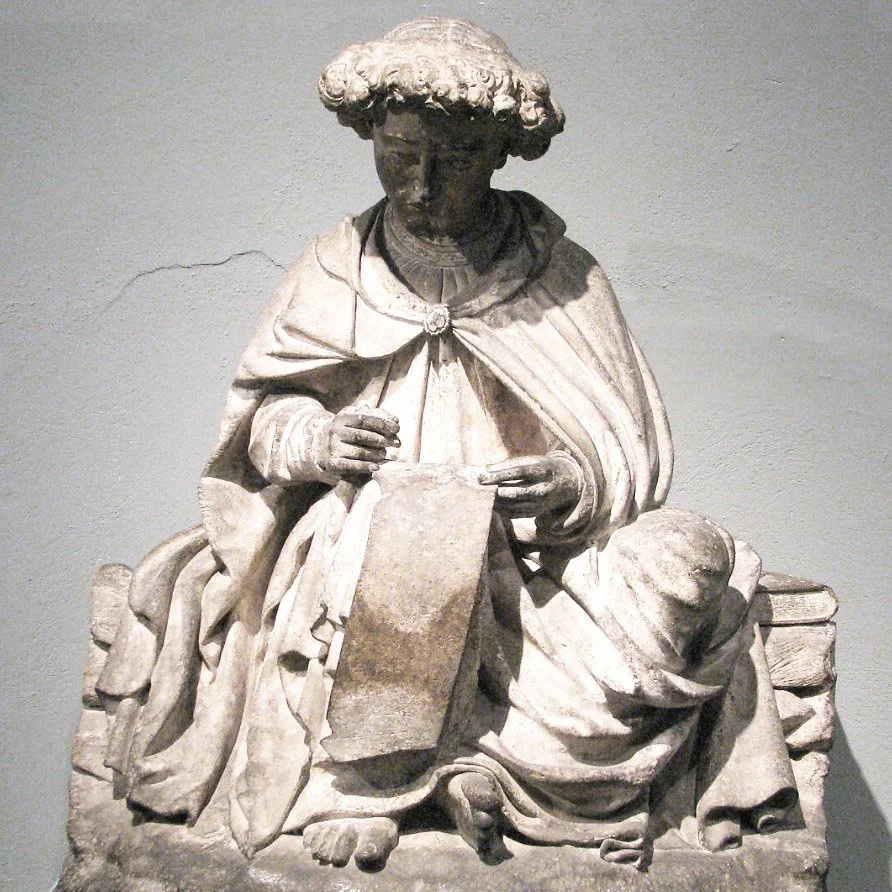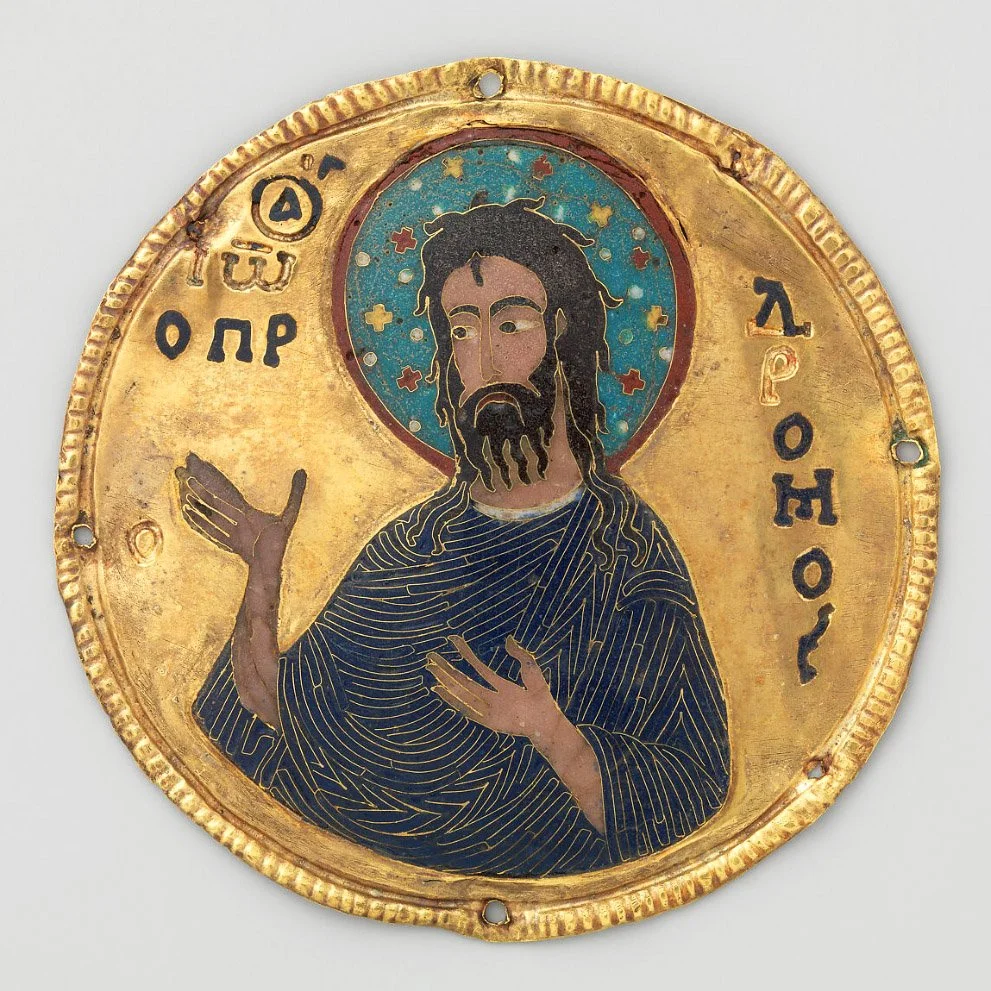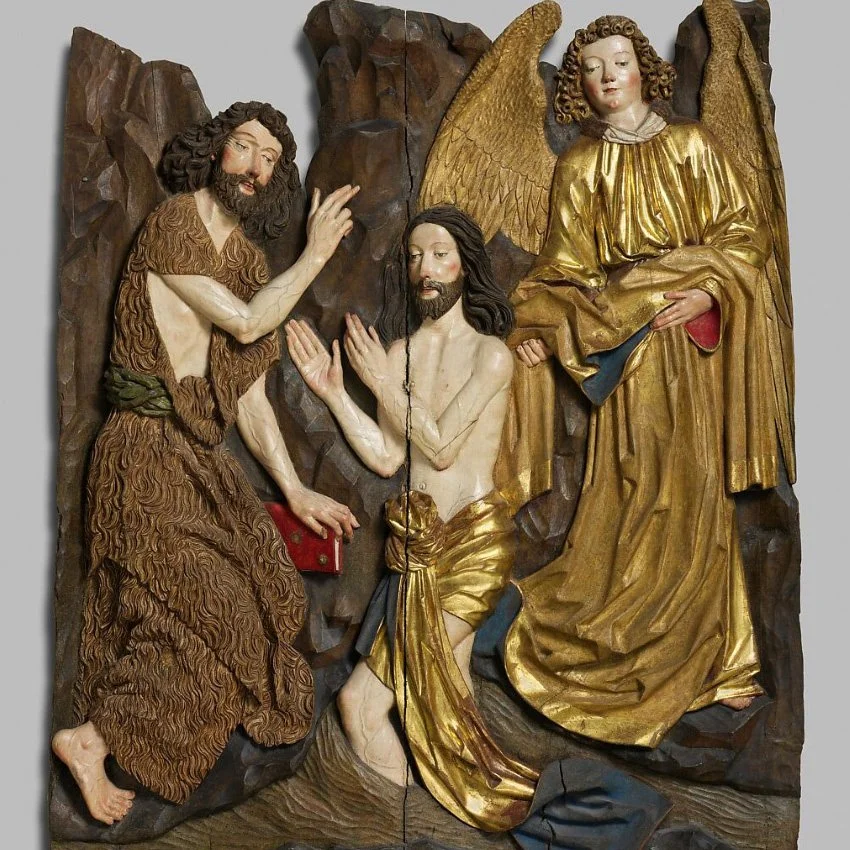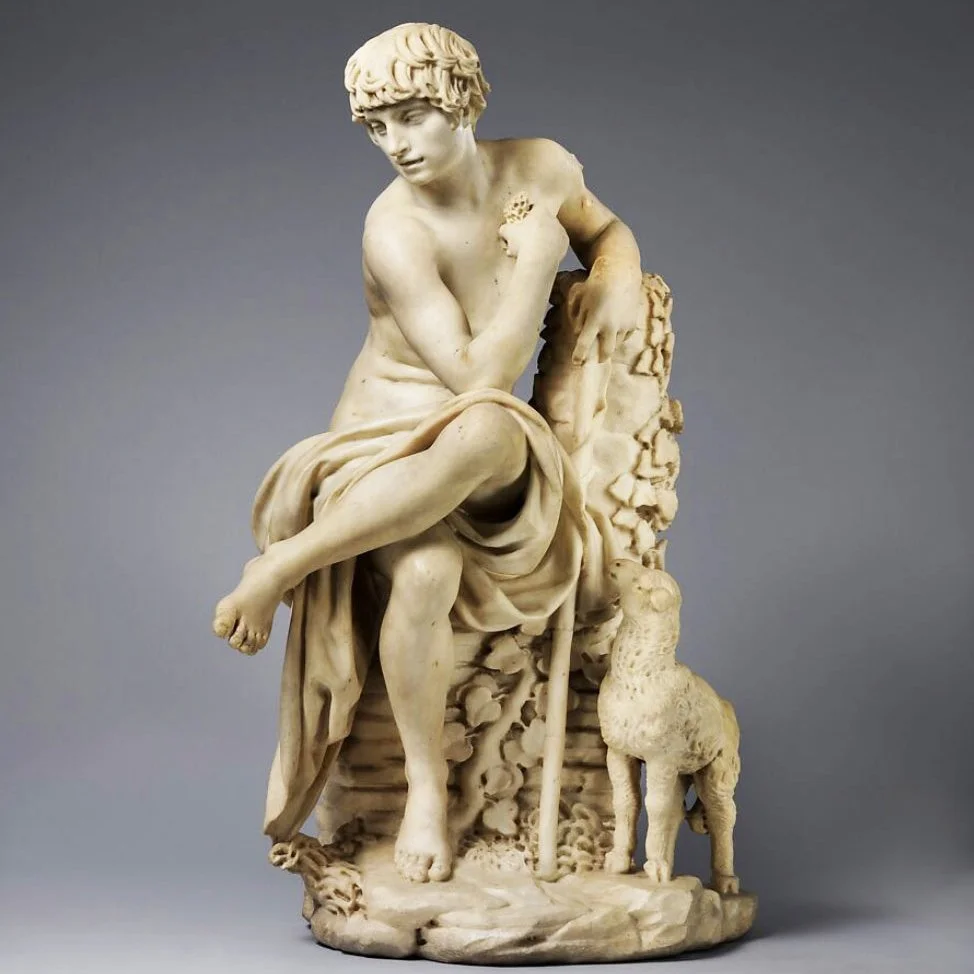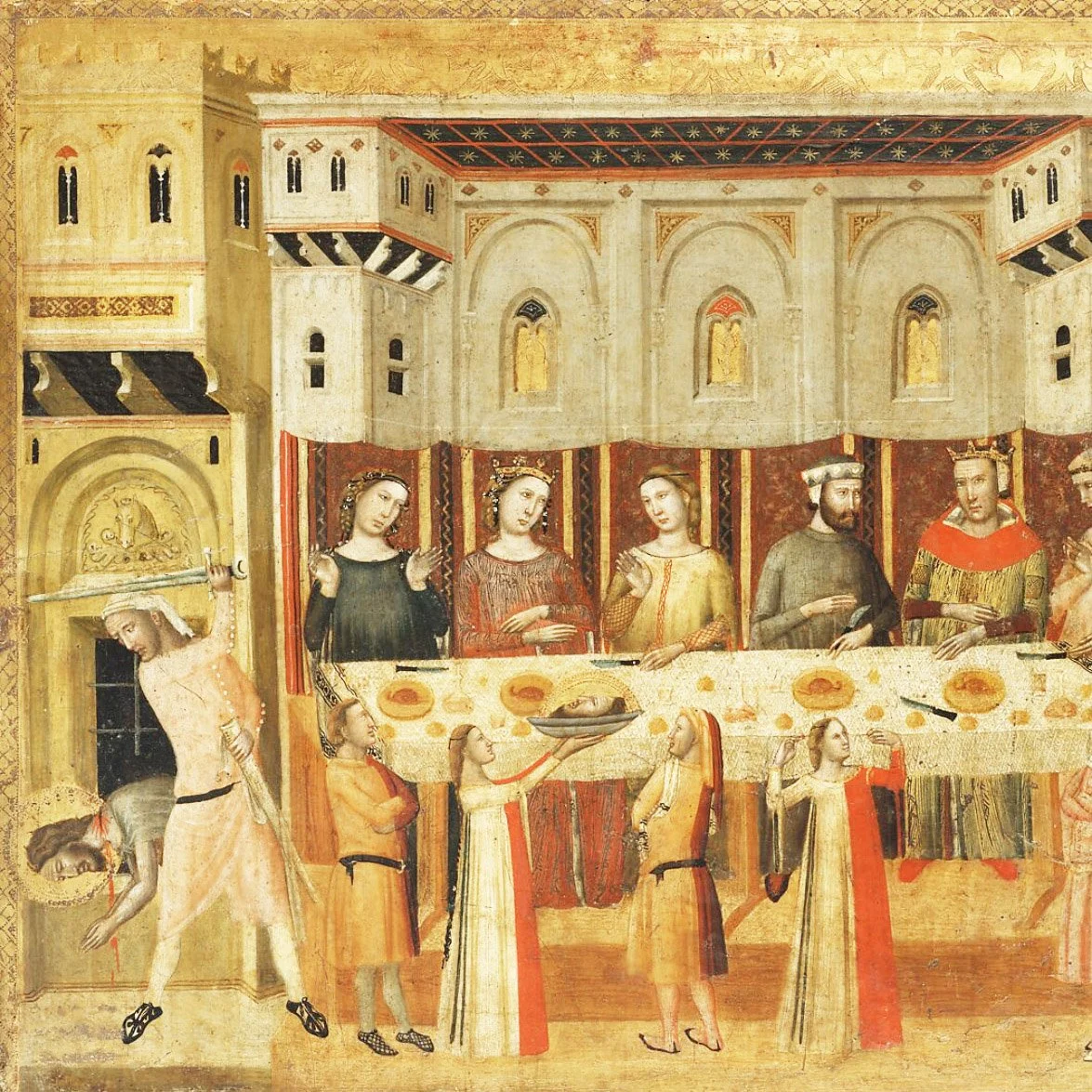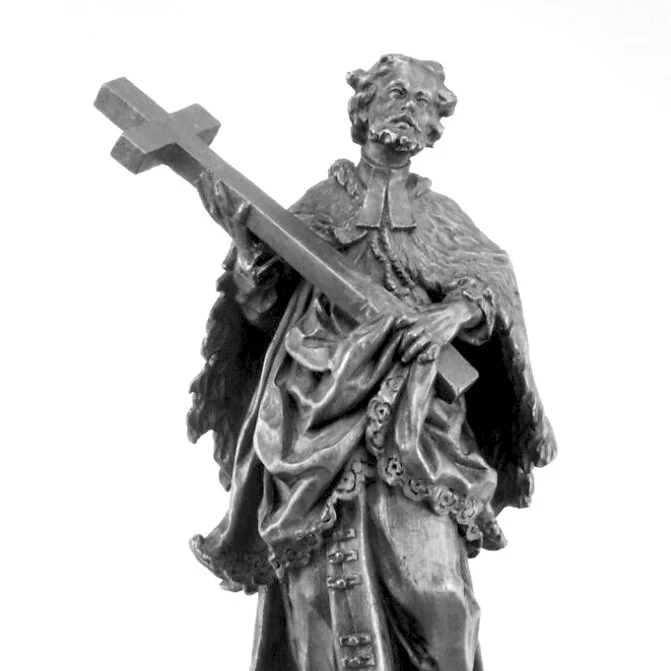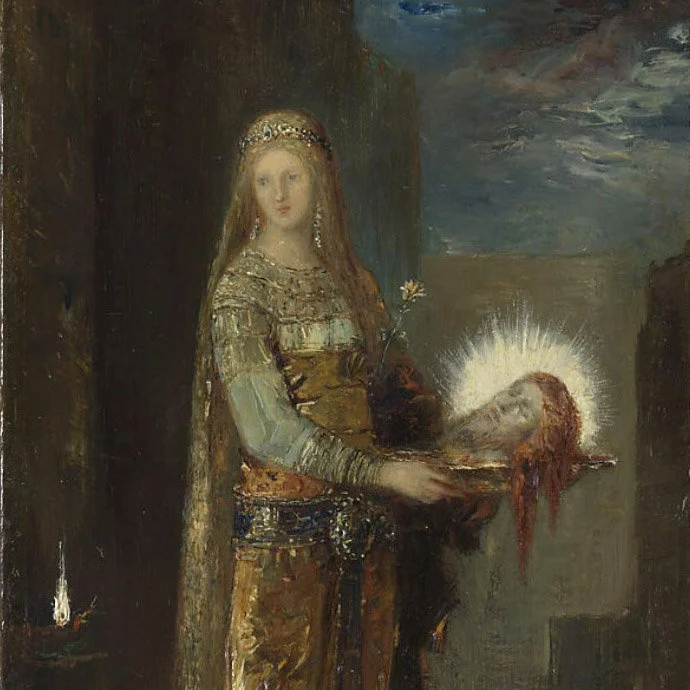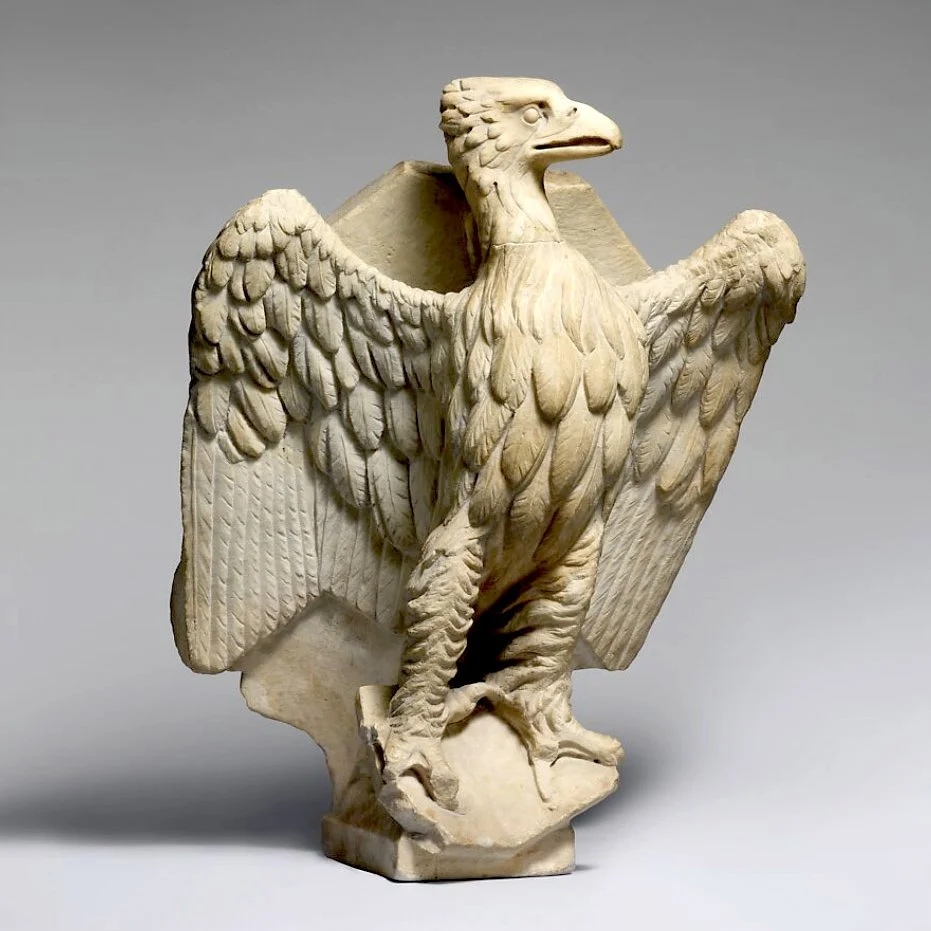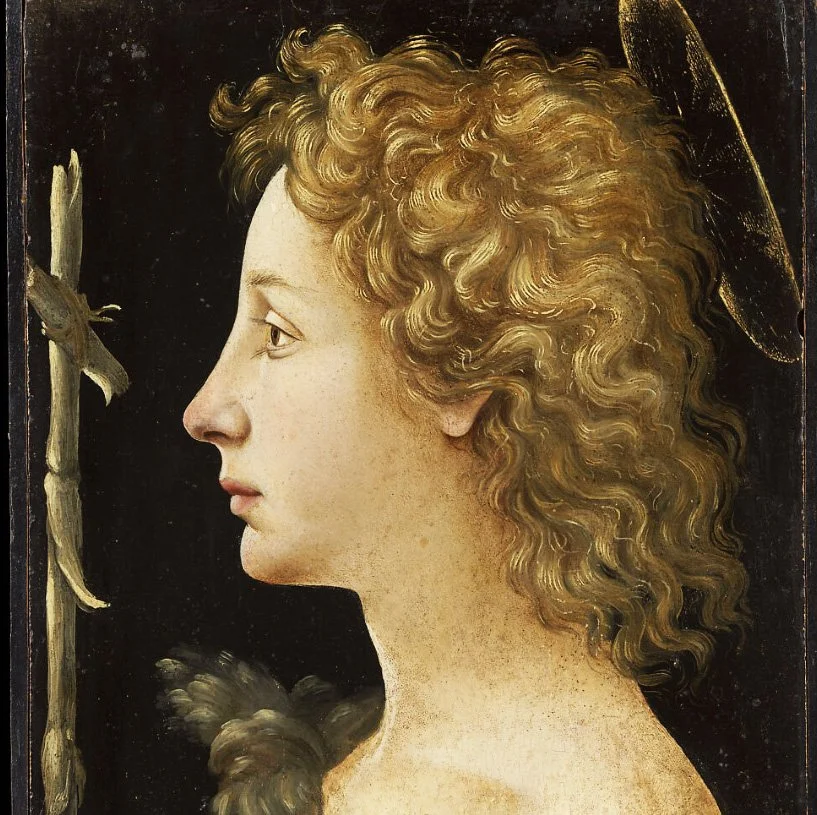St. John @ the Metropolitan Museum of Art, NYC 2025 – A Critical Review
Freemasonry has long welcomed members of all religions and beliefs. However, it emerged in Enlightenment-era Europe, where Christianity strongly shaped the cultural and religious landscape. ^1 Because of this, many Masonic symbols and traditions reflect Christian imagery—especially those connected to the two Saints John: St. John the Baptist and St. John the Evangelist. ^2 Known collectively in Masonic tradition as the “Holy Saints John,” these two figures are central to Masonic ritual and are celebrated for their moral virtue, spiritual insight, and dedication to truth. ^3
While not acknowledged by every Masonic jurisdiction, a third figure—St. John the Almoner (also known as John the Merciful or John the Almsgiver)—is also honored in some traditions. Born in the 6th century A.D., St. John the Almoner was the son of the governor of Cyprus. After the loss of his wife and children, he devoted his life to charity and service. ^4
Masons around the world commemorate St. John the Baptist on June 24th and St. John the Evangelist on December 27th. These dates align with the summer and winter solstices and are sometimes seen as symbolic “bookends”—the Alpha and Omega—referencing the cyclical nature of light and darkness, beginnings and endings. ^5 Interestingly, in the New Testament, John the Baptist is the first “John” introduced, while John the Evangelist is the last—adding a spiritual symmetry to their place in Masonic thought. ^6
All of this—tradition, symbolism, and iconography—guides our exploration through the ecclesiastical galleries of the Metropolitan Museum of Art, where artistic representations of these revered figures highlight their ongoing influence on both religious and Masonic understanding. ^7
David Stevenson, The Origins of Freemasonry: Scotland’s Century, 1590–1710 (Cambridge: Cambridge University Press, 1988).
W. Kirk MacNulty, Freemasonry: Symbols, Secrets, Significance (London: Thames & Hudson, 2006).
Henry Wilson Coil, Coil’s Masonic Encyclopedia (Richmond: Macoy Publishing, 1996), 405–407.
Douglas Knoop and G.P. Jones, The Genesis of Freemasonry (Manchester: Manchester University Press, 1949), 137.
Reuben Swinburne Hammer, The Ritual of the Operative Free Masons (Reprint, 2007), 62.
MacNulty, Freemasonry, 118.
James Hall, Dictionary of Subjects and Symbols in Art (Boulder, CO: Westview Press, 2008).

